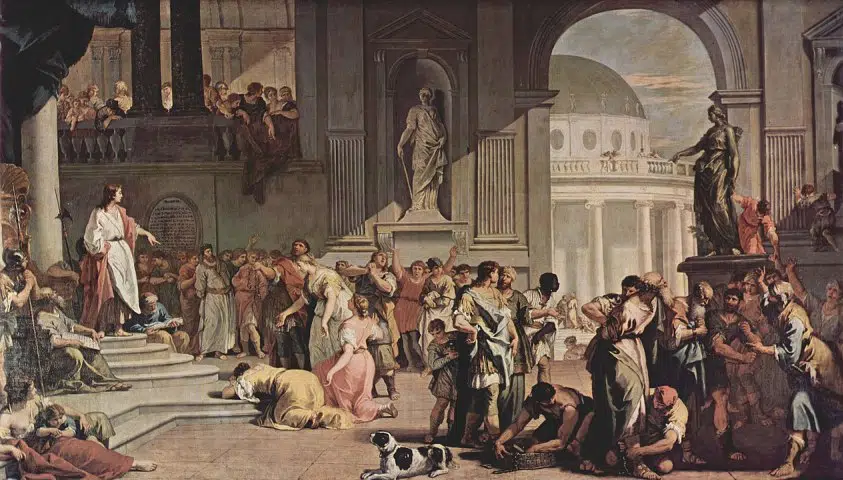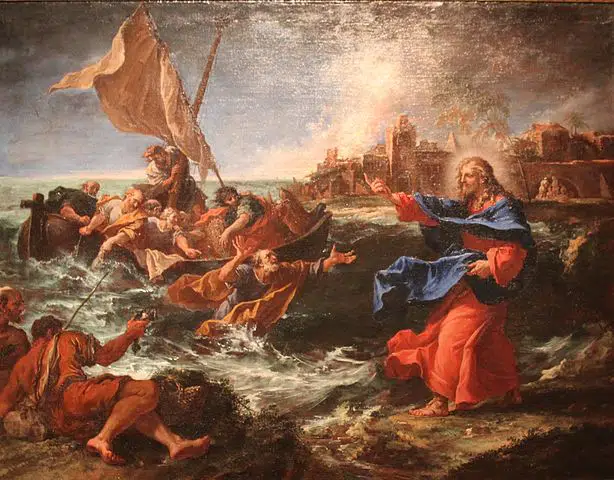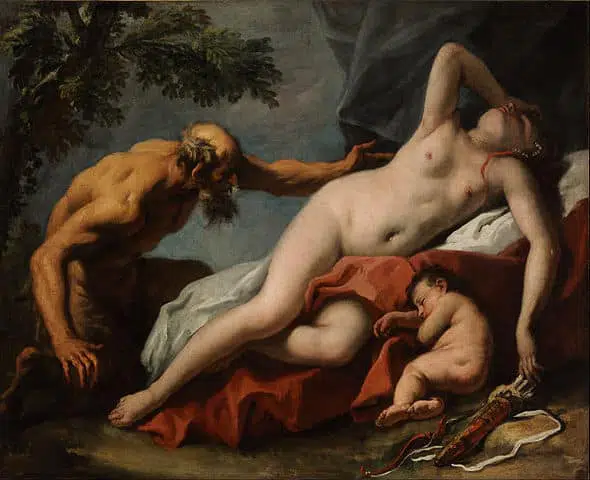
Sebastiano Ricci – Belluno 1659, Venice 1734
Sebastiano Ricci is a painter from the Veneto region. Born in Belluno, in 1671 he moves to Venice where he begins his training in the workshop of Federico Cervelli. During the second half of the 17th-century, from 1681 to 1691, he is in Emilia Romagna with his first stay in Bologna. In this period he knows the Bolognese school, in particular that of the Carracci’s. And from 1685 our Venetian artist is in Parma where he signs a contract with the Marquis of San Secondo Scipione I de’ Rossi for the “Madonna of the Seraglio’s oratory” decoration. In 1687 Sebastiano Ricci is in Piacenza where he performs for Ranuccio II Farnese the canvases recounting the life of Pope Paul III.
The Venetian artist from Rome to Milan
At the end of the 17th century, from 1691 to 1694, the Venetian artist is in Rome. A stay that will enrich his background by the great Baroque decoration. In Palazzo Colonna, the vault of the Hall of Landscapes depicts an Allegory of the Battle of Lepanto painted by Sebastiano Ricci. In 1694 the artist moved to Milan to fresco the Ossuary Chapel of the Church of San Bernardino dei Morti. In the same year, he made an altarpiece depicting the Guardian Angel for the church of Santa Maria del Carmine in Pavia. And in 1697 he paints the altarpiece of the queen Teodolinda which founded the basilica for the Duomo of Monza.
Sebastiano Ricci in Vienna
Since 1698 Sebastiano Ricci is in Venice where he produces numerous works. In the church of Santa Giustina of Padua, he works on the altarpiece of San Gregorio and frescoed the Blessed Sacrament chapel. In 1702 he is in Vienna where, in the Schönbrunn Palace, he frescoed the Blue Room ceiling with the Allegory of the Princely Virtues and Love of Virtue. In Vienna, he also received an Ascension commission from Frederick Augustus II.
From Florence to England
From 1706 to 1707 Sebastiano Ricci is in Florence where he paints some frescoes in Palazzo Fenzi, and he decorates some rooms in Palazzo Pitti commissioned by Ferdinando de’ Medici. Again in Venice, he works on the altarpiece of the Madonna with the Child for San Giorgio Maggiore church. From 1712 to 1716 he is in England with his nephew Marco Ricci. In the London residence of Lord Burlington, now home to the Royal Academy of Arts, he paints eight canvases of mythological subjects.
Full artistic maturity
After a short stay in Paris, where he met Jean Antoine Watteau, Sebastiano Ricci returns definitively to Venice. Having reached full artistic maturity, he carried out an intense activity in his town. He also continues to send his works to other cities, especially in Turin, and abroad.
Baroque in the Venetian art
In the context of the late 17th-century Venetian painting, Sebastiano Ricci was a decisive innovator. Stimulated by multiple experiences, the artist develops a personal language inaugurating a clear and bright painting. It is a scenographic compositional system that approaches Paolo Veronese, as well as a mature baroque that will have a great influence on the development of 18th-century Venetian art.







